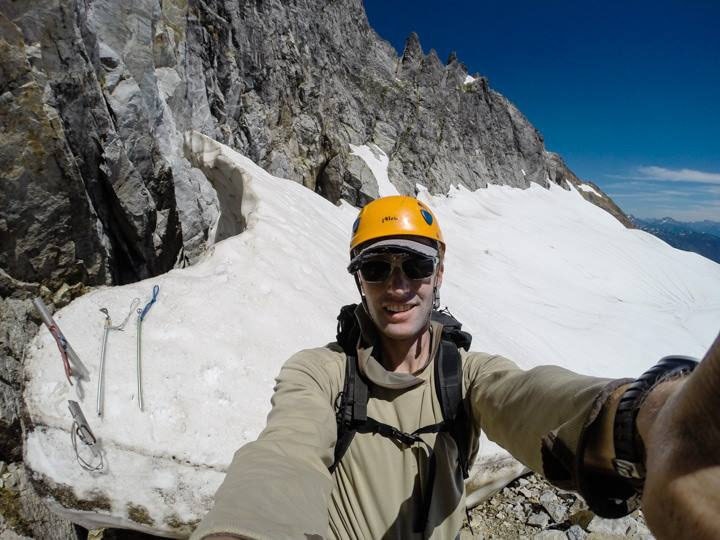Sunny days are perfect for lacing up your boots and heading out in search of an alpine lake, a mountain summit or a dramatic slot canyon. But, along with the sun can come intense heat, and if you don't manage the combination of the two properly, your fun day can turn into a painful and potentially dangerous one.
To learn how to have a good time and stay healthy in hot weather, check out the following:
- Planning tips: Choose where and when to hike
- Clothing and gear tips: The right clothes can help keep you comfortable
- Health tips: Protect yourself against sunburn, dehydration, overhydration, heat cramps, heat exhaustion and heat stroke
Planning Tips for Hot-Weather Hiking
To plan a successful hike in hot weather, consider when and where you'll be hiking. Keep in mind that it can take 10 days to two weeks to acclimatize to heat and humidity, so be cautious and take it slow on your first few hikes when the weather warms.
When to Hike
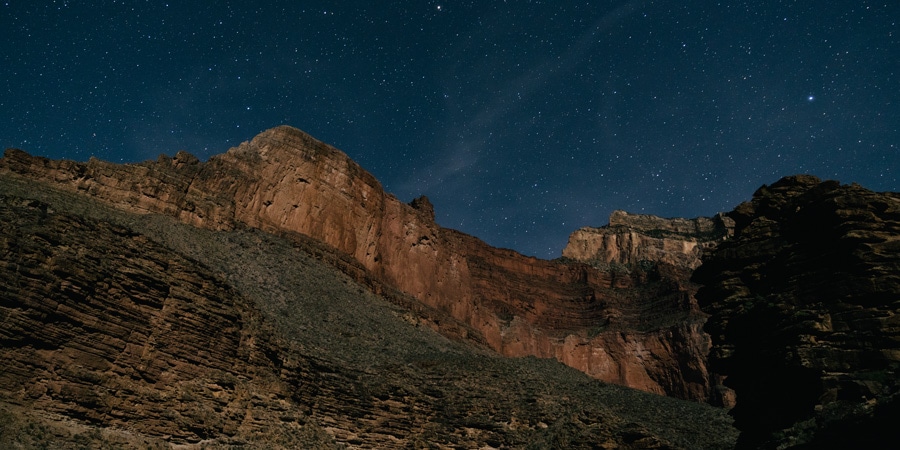
Avoid the hottest time of day: The hottest time of day is usually around noon to 3 p.m. On scorching days, it can be best to avoid this time altogether by getting an early start and ending your hike by early afternoon, or heading out sometime after 3 p.m. If you can't avoid hiking during the warmest hours, be sure to maintain hydration and nutrition, wear sunscreen and sun-protective clothing, take frequent.
Go for a night hike: If you live in, or are visiting, a hot locale, scorching temperatures can be uncomfortable (or even unbearable) during the day and hiking at night can bring relief. Learn more about hiking at night in our article, Night Hiking Basics.
Do your homework: Consult guidebooks or online resources for detailed information or reviews on current trail conditions. These can be helpful to check prior to heading out. Knowing if a trail is a good fit for dog or kid or whether a water source is available at a particular time of year can help you plan for a more enjoyable experience.
Where to Hike
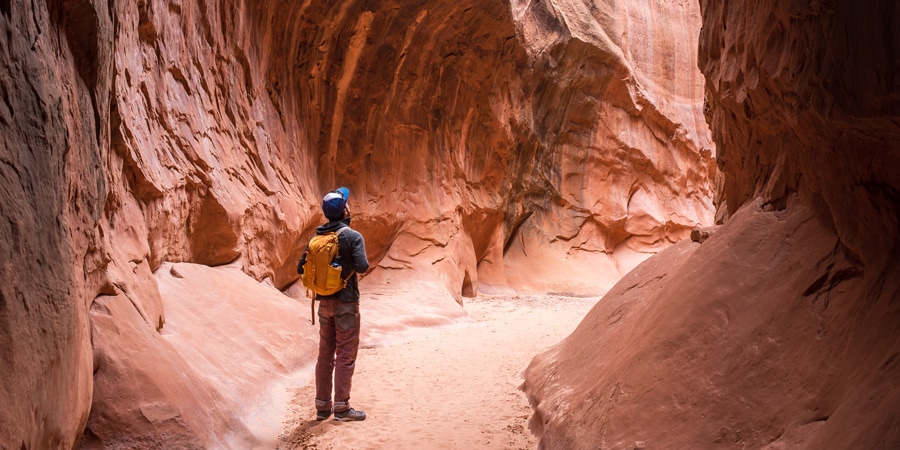
Stay in the shade: Choose a hike that keeps you under the shade of trees or within steep canyon walls, rather than exposed directly to the sun.
Hike near water: If there's not much shade, but you're near the ocean or a large lake, go for a hike where you can enjoy the cool sea or lake breeze. If you're hiking next to a river, you can dip your hat, shirt or bandana frequently and drape them on your body to keep you cool as the water evaporates.
Clothing and Gear Tips for Hot-Weather Hiking
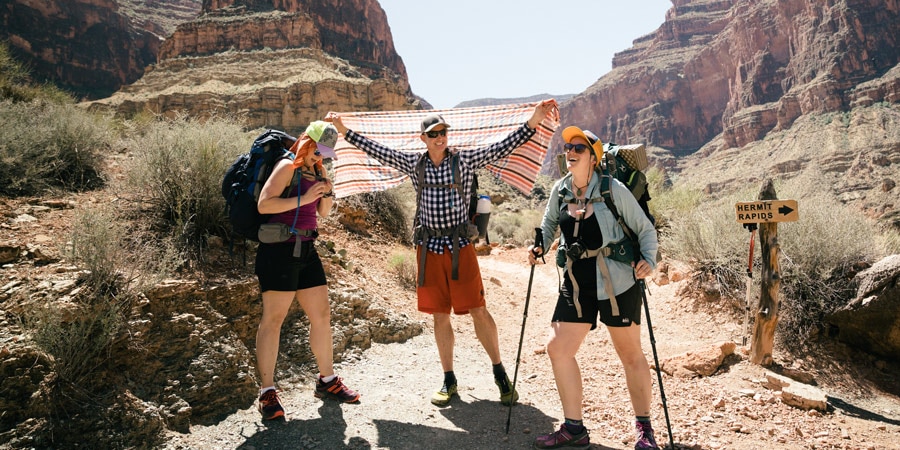
Dressing appropriately for a hike can go a long way toward keeping you comfortable.
Choose light colors: Wearing light colors that reflect the sun's rays rather than absorb them (as dark colors can) helps keep you cool. Look for shirts, shorts and pants in white, tan or khaki.
Wear loose, breathable clothing: Lightweight, light-colored, loose-fitting clothing that breathes well will help your body regulate temperature.
Cotton can be OK: You've heard it before: cotton kills. Cotton has a bad reputation in the outdoors because it absorbs lots of moisture and dries very slowly, which can create an uncomfortable and dangerous situation on wet and/or cold days. But in hot and dry conditions, the moisture can feel good against your skin, and as it evaporates it will leave you feeling cool.
You must be careful when wearing cotton though. Make sure you're OK with the feel of wet cotton next to your skin (some people just don't like it) and that it won't cause chafing if it rubs against your skin. More importantly, if there's any chance you'll be out when the temps dip in the evening, carry a change of clothes or choose to wear synthetics instead of cotton.
Open vents: Some shirts, shorts and pants designed for hiking incorporate vents. Opening these up on a hot day helps improve airflow.
Choose UPF-rated clothing: All clothing blocks the sun's rays to a certain extent, but clothing that has a UPF rating is guaranteed to provide protection. Common ratings include UPF 15, UPF 30 and UPF 50+. Learn more in our Sun Protection Clothing Basics article.
Cover up: It may seem counter intuitive to put extra clothes on in hot weather, but the added coverage can provide necessary protection from UV rays, especially for people with sensitive skin. A lightweight long-sleeve shirt, sun sleeves and a neck gaiter can provide effective protection.
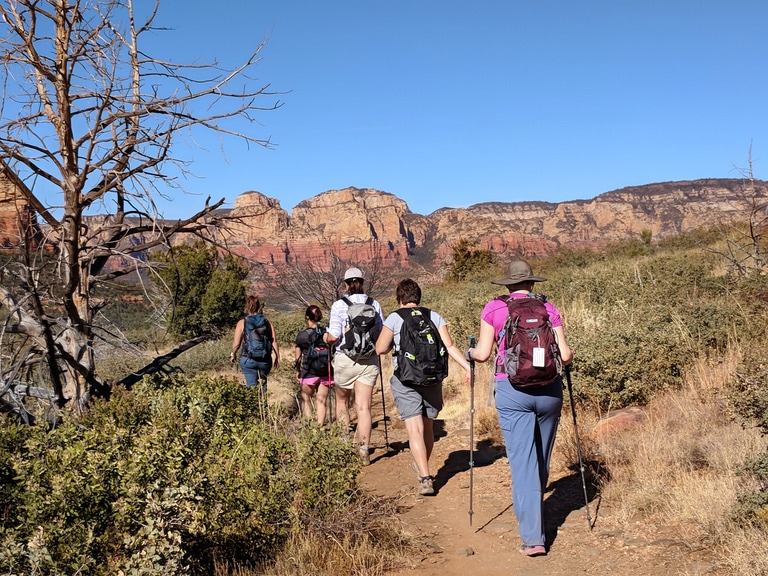
Put a sun hat on: A sun hat provides essential protection from the sun for your face and neck. A baseball cap provides OK shade, but a sun hat with a brim that goes all the way around is even better.
Cool your neck: A bandana, sun-protective neck gaiter or other lightweight cloth can be dunked in water and worn over your head or around your neck to keep the back of your neck cool and covered while the water evaporates. Special polymer-crystal filled neck scarves maintain the moisture for even longer periods of time.
Wear the right socks: Try to avoid cotton socks (choose wool socks or synthetic socks instead) and make sure they fit well. Socks that are too big can have wrinkles that rub and socks that are too small can create pressure points and sock slippage. Learn more in our Blister Prevention and Care article.
Carry a hydration pack: It might seem like a small difference, but having a sip tube always at the ready will make you more likely to hydrate frequently than if you have to reach for a water bottle. Be sure to pay attention to your water supply; it can be easier to lose track when using a hydration pack.
Bring a squirt bottle: When the going gets rough, plan a sneak water attack on your hiking buddies, or use the mist setting to create a cooling cloud whenever you need it.
To learn more about clothing for overnight adventures, read our Backpacking Clothes: How to Choose article.
Health Concerns for Hot-Weather Hiking
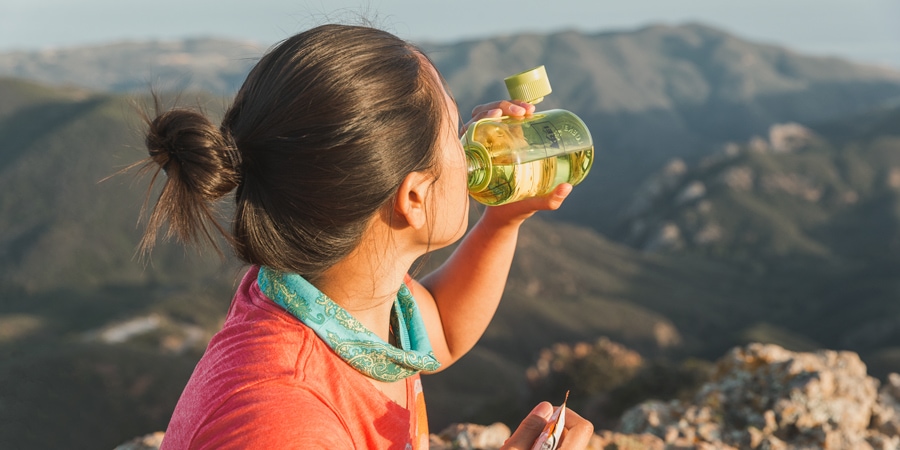
Sunburn, dehydration, heat cramps, heat exhaustion and heat stroke are some of the most common health concerns related to hot-weather hiking.
Sunburn
Sun-protection clothing is one good line of defense against the sun, but don't forget to put sunscreen on exposed skin to help prevent sunburns. Sunscreen is absolutely essential on hikes in the sun. Always read the directions on your bottle of sunscreen, but here are the basics:
- For hikes lasting longer than 2 hours, choose sunscreen that is SPF 30 or higher.
- Apply sunscreen liberally 15 minutes before sun exposure
- Reapply after 40 or 80 minutes of swimming or sweating, immediately after towel drying or at least every 2 hours.
Learn more in our articles Sunscreen: How to Choose and Sunscreen: When and How to Use.
Dehydration
It's important to drink adequate water when you're hiking in hot weather to prevent dehydration. Dehydration can leave you feeling crummy and possibly contribute to other heat-related illnesses, such as cramps and heat exhaustion.
How much you need to drink while hiking depends on a number of factors, such as temperature and humidity, your intensity level, your age, your body type and sweat rate, as well as the duration of your hike. If you're hiking with your dog, remember they need water, too. In a dry location, plan to carry enough water for your pet and bring along a small, packable bowl.
Here are the treatment principles according to NOLS Wilderness Medicine:
- Drink water until you're no longer thirsty. Plain water works fine. Sugar may treat depleted energy reserves, but is not needed for rehydration. Adding 1 teaspoon of salt per liter of water is accepable, but usually not needed. Avoid coffee, tea and alcohol when rehydrating.
- Dehydration usually takes time to develop and time to treat.
- A severely dehydrated patient may have electrolyte imbalances as well as a fluid deficit. Such a patient cannot be rehydrated in the field and must be evacuated to a hospital for IV fluid therapy.
Overhydration
The flip side to dehydration is overhydration, or hyponatremia. This is a fairly rare condition that mainly affects endurance athletes such as marathon runners, ultrarunners and triathletes, but it's something that hikers should be aware of.
In hyponatremia, sodium levels in the blood become so diluted that cell function becomes impaired. In very extreme cases, hyponatremia may cause coma and even death.
The symptoms of hyponatremia are similar to dehydration: fatigue, headache and nausea, causing some athletes to mistakenly drink more water and exacerbate the issue.
Preventing overhydration: The key to preventing overhydration is to monitor how much you drink.
- Use thirst to guide how much you drink—Stick to drinking a few gulps of water about every 15-20 minutes. Weight gain during exercise is a telltale sign that you're drinking too much.
- Monitor your urine output.
Heat Exhaustion
Heat exhaustion is your body's inability to cope with the stress of heat. It can occur after lengthy exposure to high temperatures and is often accompanied by dehydration.
Symptoms of heat exhaustion:
- Heavy sweating
- Rapid pulse
- Faintness
- Dizziness
- Fatigue
- Nausea
- Headache
- Exercise-associated muscle cramp
Treatment for heat exhaustion:
It's important to treat heat exhaustion immediately if you or another hiker is showing symptoms.
- Get out of the heat: Look for a shady spot and lay down and rest. Remove any excess clothing. If there aren't any trees to provide shade but you have a tarp, use it to block the sun.
- Rehydrate: Drink plenty of water.
- Cool off: It can feel good to splash cool water on your face and head. If you're hiking near a lake or stream, dunk your head or dip a bandana or hat in the water and put it on your head.
- Evacuate, if not improving.
How to prevent heat exhaustion:
- Take time to acclimate: You need to ease into hiking in hot weather. It can take 10 days to two weeks to acclimatize, so be cautious and take it slow on your first few hikes of the season.
- Stay hydrated: Make sure you're drinking enough fluids.
- Wear appropriate clothing: Choose lightweight, loose-fitting clothing that allows your body to regulate temperature and a sun hat that will shade your face and neck.
- Rest in the shade: If you need to take a break, take the time to find a shady spot rather than toughing it out under the hot sun.
- Know what you're capable of: Be honest about your level of fitness and choose hikes that complement that.
Heat Stroke
Heat stroke occurs when your body literally overheats. It is a serious medical condition that can strike fast and requires immediate medical attention. Pay particular attention to these signs:
- Throbbing headache
- Dizziness
- Nausea and vomiting
- Confusion
- Disorientation
- Anxiety
- Body temperature of 104° F or higher (if you have a way of measuring body temperature)
Below are the treatment principles for heat stroke according to NOLS Wilderness Medicine:
- Aggressive cooling: It's necessary to rapidly cool a person with heat stroke. Lay the hiker down in the shade, remove extra clothing and use cool water and fanning with a shirt or tent fly to lower their temperature. If you're near a lake or stream, you can attempt to lay the hiker down in the water, taking care to keep their airway clear.
- Rapid evacuation: Heat stroke can cause internal organ damage, so get the hiker out as soon as possible and head straight to the hospital for further evaluation.
How to prevent heat stroke: Follow the same tips for preventing heat exhaustion.
If you want to be better prepared to respond to medical emergencies in the outdoors, consider taking a wilderness medicine course.
Find a Wilderness Medicine Course at NOLS: Take a class to be better prepared to respond to medical emergencies in the outdoors.
Editor's Note: We updated this article on June 2, 2025, with new information after asking Robin Larson, education director of NOLS Wilderness Medicine, and Graham Parther, education program manager at NOLS Wilderness Medicine, to review the article. Both are Wilderness Emergency Medical Technicians (WEMTs)—medical professionals trained to handle medical emergencies in remote and wilderness settings.

